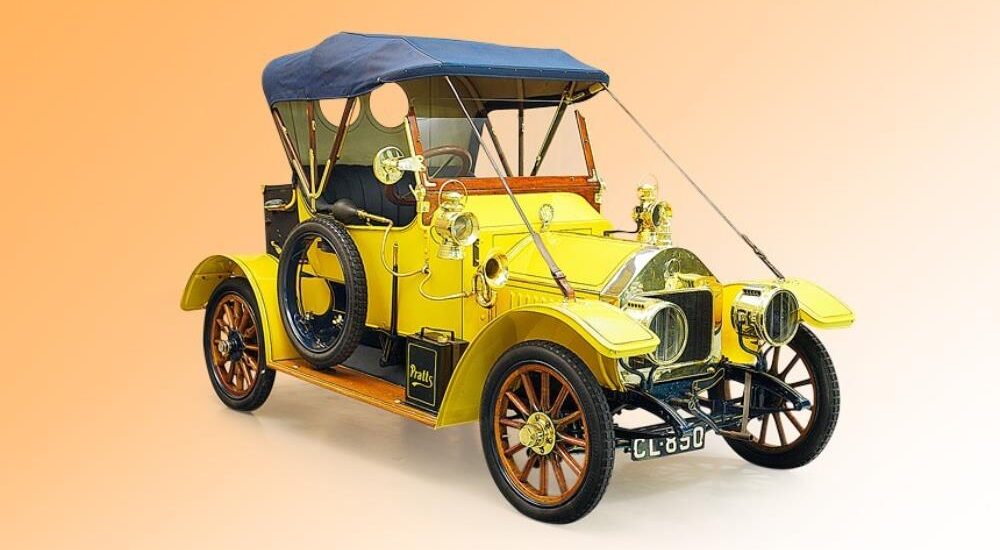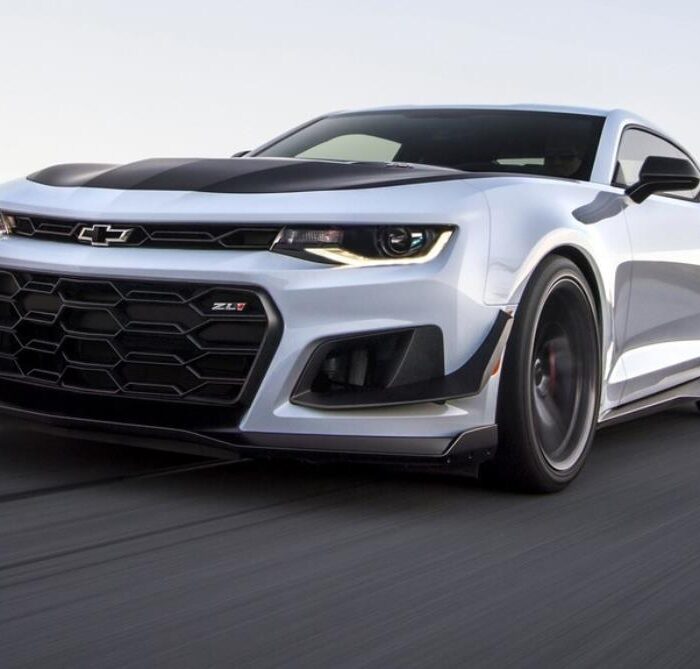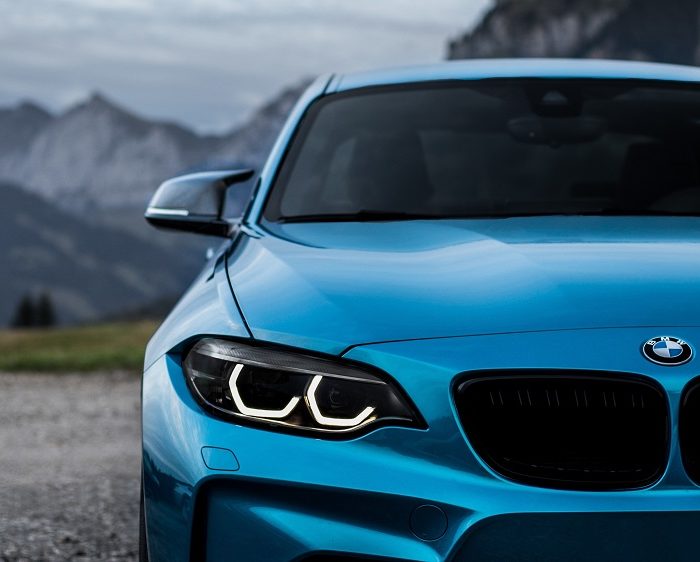Alexander Darracq, a name seldom remembered these days, was a pivotal figure in the automotive world. This genuine “Frenchman from Bordeaux” laid the foundational stones for what would become the renowned automobile brand, Alfa Romeo.

The inscription on the bronze tablet reads: “Behold St. Christopher and go your way in peace.”
Judging by this plaque, the car was in Portugal for some time and belonged to a member of a local antique car club there.
It began not with cars but with bicycles in Suresnes, a town close to Paris, far from his Bordeaux origins. His bicycles, branded Gladiator, enjoyed a respectable reputation among the cyclists of that era. Eventually, Monsieur Darracq sold his bicycle enterprise to Gustave-Adolphe Clément, another bicycle manufacturer, and dove headfirst into the burgeoning automotive industry in 1896. At that time, everyone from motor enthusiasts to boilermakers and gunsmiths was drawn to the rapidly expanding field.

The luxurious sculpture on the radiator cap is not the Darracq company logo, but the so-called mascot, that is, a talisman; it was selected individually by the owner of the car according to his tastes and was paid separately
Darracq’s initial foray into electric vehicles soon shifted to internal combustion engines, adopting a single-cylinder engine from Leon Bollee. Although this early experiment did not progress beyond a prototype, Darracq soon teamed up with the talented engineer Paul Ribeyrolles, who crafted the company’s first truly successful engine.

The car has only one door, on the opposite side of the driver’s seat.

The wooden frame of the windshield could, if desired, be folded forward and locked in the lowered position
Ribeyrolles proved to be an asset, developing in 1905 a V-shaped eight-cylinder overhead valve engine with an impressive 22.4-liter displacement. This engine powered a Darracq car to set a world speed record of nearly 174 km/h. Shortly thereafter, less complex single-cylinder vehicles designed by Ribeyrolles were produced under license by Opel in Rüsselsheim from 1903. By 1904, Darracq’s output constituted about ten percent of France’s total automobile production. Subsequent expansions included branches in Britain and Italy, the latter becoming increasingly autonomous and eventually morphing into the brand known today as Alfa Romeo.


The Italian branch, located in the Milanese suburb of Portello, operated as an assembly plant, sourcing all components from Suresnes. These were modest two-cylinder cars with engines producing 8-10 horsepower. By 1910, Darracq was a major player in the French market, poised to emulate Henry Ford’s success with mass-produced, affordable models. Additionally, Darracq ventured into aviation, supplying aircraft to noted aviators like Louis Blériot and Alberto Santos-Dumont.


However, Darracq’s pursuit of innovation led to a costly misstep in 1911 when he adopted a “silent” rotary valve system patented by Swiss inventor Charles-Edouard Henriod. The system proved problematic, leading to a swift return to more traditional valve mechanisms and ultimately prompting Darracq to leave the company he founded.

On the left side there is a carbide generator and a leather case for ladies’ hats, a fairly popular accessory for that time
Darracq’s legacy, however, extended beyond his departure. Owen Clegg, an English car designer, took over and steered the company towards mass production. Post-World War I, Darracq merged with the London-based Clement-Talbot and later with Sunbeam, forming the STD conglomerate, which operated until the mid-1930s.

The in-line lower-valve four-cylinder engine developed 10 hp.
Darracq himself, never truly passionate about automobiles—he never learned to drive and preferred not to travel by car—shifted his focus to hospitality, acquiring the prestigious Negresco hotel in Nice. He passed away in 1931 in Monte Carlo and was interred at the Père Lachaise cemetery in Paris. Even after his death, cars bearing the Darracq name continued to be produced, marking the enduring legacy of a man who, while not a car enthusiast, significantly shaped the automotive landscape.

Photo: Sean Dugan, Hyman Ltd
This is a translation. You can read the original article here: Позабытый: Darracq Type 11 1910 года в рассказе Андрея Хрисанфова

Published August 15, 2024 • 4m to read





